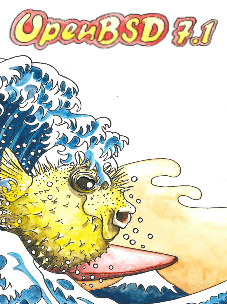 OpenBSD 7.1 has been released!
OpenBSD 7.1 has been released!
For those unfamiliar with this OS, OpenBSD was forked from NetBSD in 1995. In the BSD landscape, FreeBSD is the 800 pound gorilla, and OpenBSD is more of a niche OS focused on security and correctness. The project has released a ton of innovative projects, many of which have gone on to become core components in other operating systems. I’m referring to little things like OpenSSH, OpenBGPD, LibreSSL, and many others. They’ve also developed many interesting OS technologies, such as memory protections and pledge (an alternative approach to enhanced security like selinux).
What I’ve always loved about the project is its gorgeous documentation. Not that a man page is gorgeous per se but when the man page matches the code and missing documentation is considered a serious bug, I’m in love, especially wading through the garbage dump that is Linux OS documentation. Add in their continuous code audits and OpenBSD is a very cool project.
This is the 52nd(!) release. New features include:
- Support for Apple Silicon! Yes, run OpenBSD on your Apple M1. You can do this with Linux also but OpenBSD has been working on getting their OS on Apple Silicon almost since the moment it was released and I think they’re further along.
- More support for ARM architecture. Yes, OpenBSD has supported the Raspberry Pi for a while now.
- As always, many OS and SMP improvements, as well as many new improvements for vmm, which is OpenBSD’s native hypervisor.
There’s much more, so read the release notes. Alas, no song this time but there are shirts.


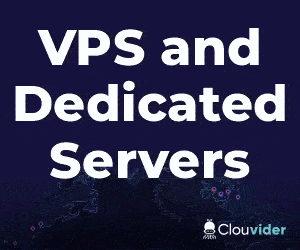














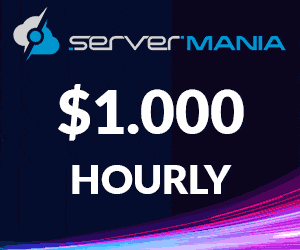

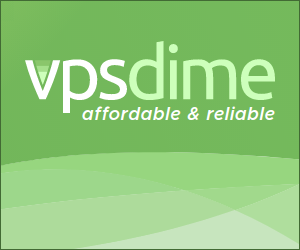
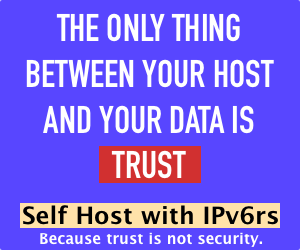


Leave a Reply